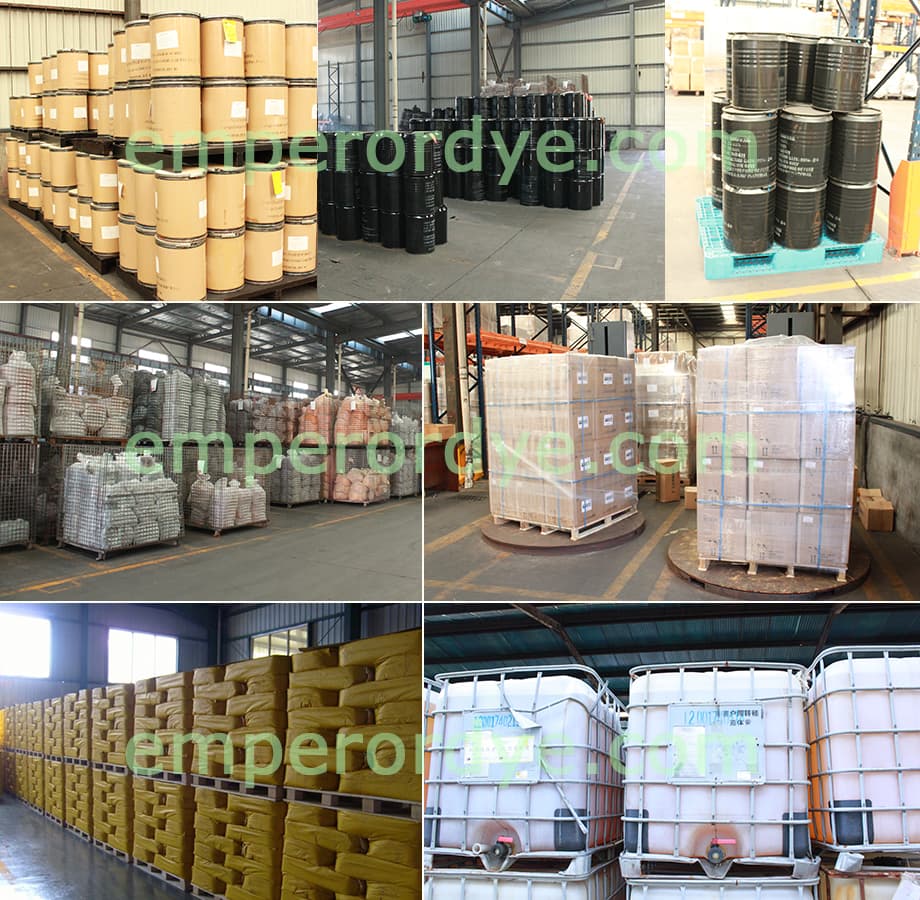Application and parameters of Direct Brown 1
Direct Brown 1
- TRADE NAME:
- Direct yellow brown D3G
- Bismark Brown G
- Direct Brown D3GE
- Direct Brown MD
CAS NO: 3811-71-0
CI.NO: 30045
Direct Brown 1 Physical and Chemical properties
|
Dyeing depth % |
2 |
|
Insolubles % |
0.15 |
|
Washing Fatness |
2-3 |
|
Light Fastness |
2 |
|
Rubbing fastness(wet) |
3 |
|
Rubbing fastness(dry) |
4 |
|
Solubility(g/L) |
SDC classification |
Displacement(grade) |
metal ion effect(grade) |
discharge property(grade) |
other features |
||
|
copper |
iron |
neutral |
basic |
||||
|
— |
C |
3~4 |
1 |
1~2 |
5 |
4 |
— |
Color fastness (grade)
|
sun exposure |
soaping |
flooding |
perspiration |
rubbing |
ironing |
acid and alkali resistant |
|||||||
|
standrd depth |
1/12 depth |
original color change |
white fiber stained |
original color change |
white fiber stained |
original color change |
white fiber stained |
dry |
wet |
sulfuric acid |
acetic acid |
soda ash |
|
|
— |
— |
3 |
2 |
3~4 |
4 |
3~4 |
4 |
4 |
2 |
4~5 |
2~3 |
2 |
2~3 |
Soluble in water for orange brown, soluble in ethanol, slightly soluble in acetone and soluble fiber element, insoluble in other organic solvents. In nitric acid partly dissolved for red light brown, to orange brown; The strong sulfuric acid in the dark for the light purple to violet black, diluted into a brown. The dye solution to join 10% sodium hydroxide solution for yellow brown. Cellulose fiber of dyeing, dye well after sex is good, temperature in 100 ℃, affinity is the largest. Discharge of more sensitive to that fights.
Copper ions in dyeing and dark colored light yellow, meet iron ion to yellow.
Direct Brown 1 alias direct gold camel D3G, direct gold camel, direct yellow brown D3GE. Appearance is generally brown uniform powder. Water soluble, slightly sensitive to hard water. Dissolved in water orange brown, soluble in alcohol, slightly soluble in acetone And cellosolve, insoluble in other organic solvents. Dark red purple to purple black in concentrated sulfuric acid, brown after dilution; partially dissolved in concentrated nitric acid, reddish brown to orange brown. Yellow-brown. In case of copper ions, the color is yellow and dark, and the iron ions turn yellow.
Direct Brown 1 Application:
Mainly used for cotton, such as glue of cellulose fiber dyeing, also can be used for silk, polyamide fiber, Sticky/brocade fabric dyeing, can also be used for the pulp and leather color.
Use condition:
1. It used to dye cotton or viscose fiber to get yellowish brown. Poor transferability, slow temperature rise during dyeing and salt addition to control dyeing, can obtain uniform color. Good dyeing rate, highest dyeing The temperature is 100 °C.
2. It has also been used to dye silk and nylon. When cotton, viscose fiber and other fibers are dyed in the same bath, the silk can be similar to cotton and viscose fiber. The wool is slightly dark and the nylon can be dyed. The vinegar fiber is stained, and the polyester and acrylic fibers are light gray.
3. It is generally not used for direct printing. When used for ground color discharge, the dyeing performance is still good. After dyeing the silk fabric, it is whitened with stannous chloride reducing agent, and the whitening effect is good.
4. It was once one of the main brown direct dyes. It is widely used in the dyeing of viscose fabrics and yarns. It is also used in cotton knitwear and carpet, flannel, viscose and silk or nylon. Dyeing of blended fabrics
Precautions
Direct Brown 1 can be decomposed out of benzidine, which is a banned dye. The substitute dye is direct yellow brown N-D3G
Packing:

20 or 25kg/compound bag, carton box, iron drum, fiber durm for powder dye and 1000kg/tank for liquid dye
Direct Brown 1 Material Safety Data Sheet (MSDS)
- Inquiry for Direct Brown 1
- Question: *
- You can learn about other products:
- Direct brown 2
- Direct Brown 95
- Direct Brown 210
- Direct Brown 227
- Direct Black 17
- Direct Green 1
Products Catalog
- solvent red 24
- solvent red 49
- solvent red 122
- solvent red 111
- solvent red 146
- solvent red 195
- solvent yellow 21
- solvent yellow 33
- solvent yellow 93
- solvent yellow 98
- solvent yellow 114
- solvent orange 60
- vat red 41
- solvent green 3
- solvent green 5
- solvent blue 70
- solvent blue 104
- solvent black 3
- solvent violet 31
- solvent violet 13
Copyright right HANGHZOU EMPEROR CHEMICAL CO,,LTD © 2019 All rights reserved.

 Pусский
Pусский